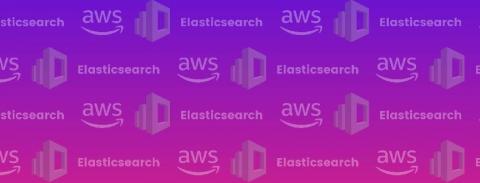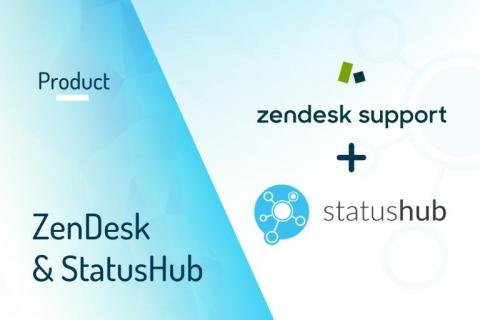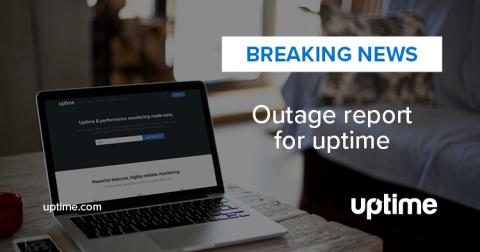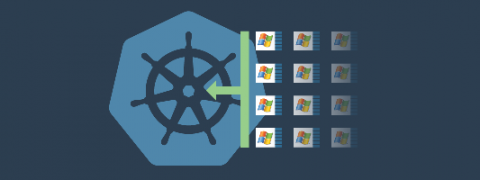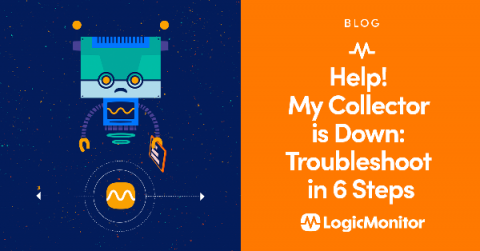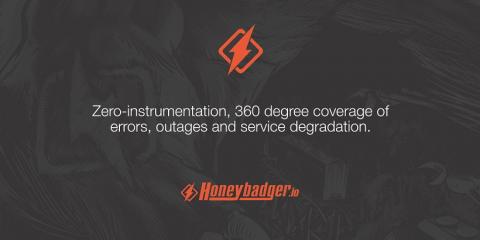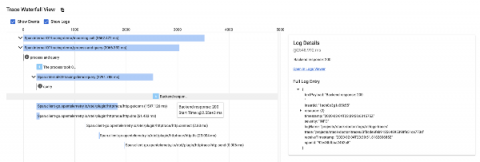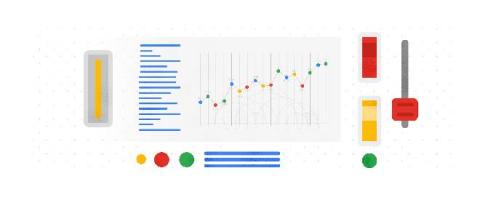AWS Elasticsearch Health Monitoring: 8 Things to Watch
If you have ever used a search bar on a website, you've probably used Elasticsearch. Elasticsearch is an open-source search and analytics engine used for full-text search as well as analyzing logs and metrics. It allows websites to use autocomplete in text fields, search suggestions, location or geospatial search. Tons of companies use Elasticsearch, including Nike, SportsEngine, Autodesk, and Expedia.


